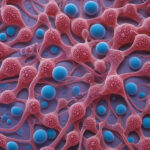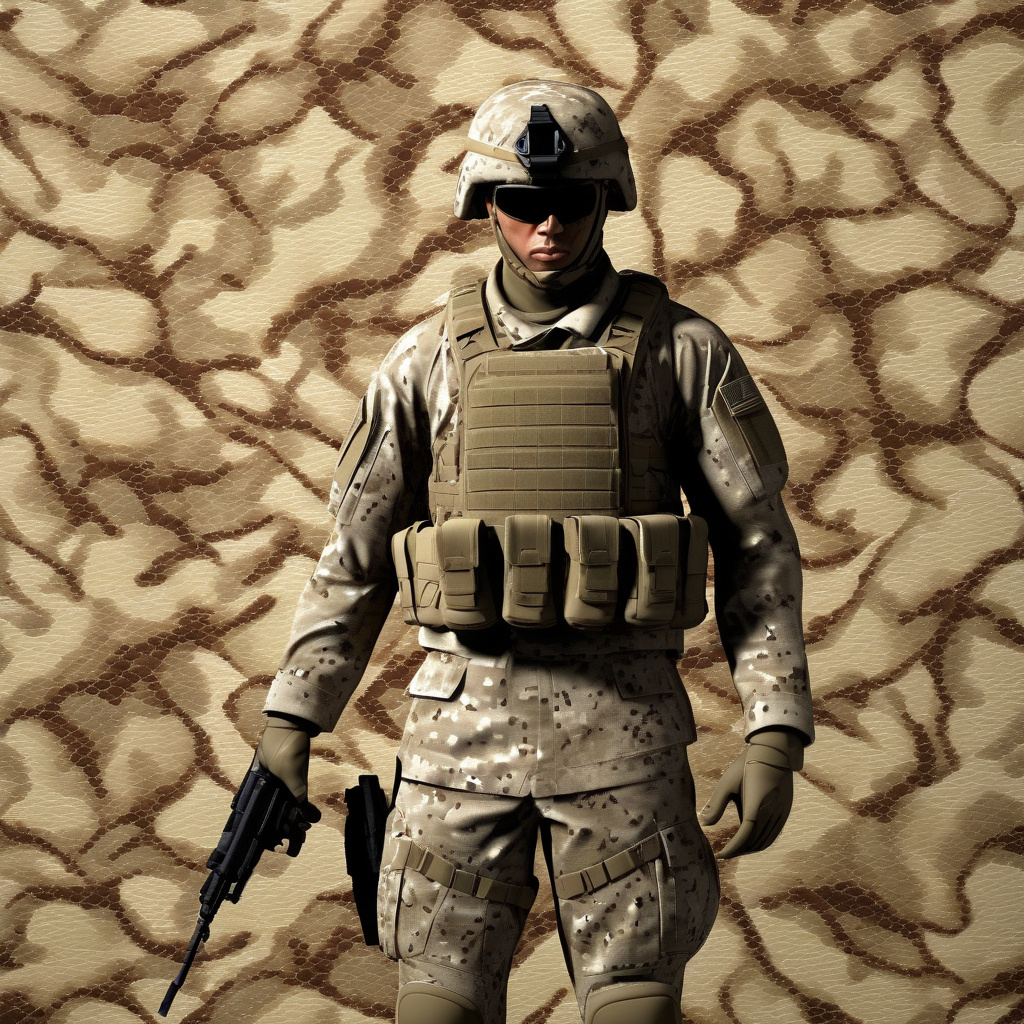Squid Skin-Inspired Stretchable Camo: Revolutionizing Invisibility for US Soldiers
Researchers at the University of California, Irvine, working with collaborators from the Marine Biological Laboratory, have made groundbreaking strides in the development of next-generation camouflage technology. Drawing inspiration from the unique adaptive camouflage abilities of squids, these innovative minds have created a stretchable material that could potentially render US soldiers invisible to thermal drones and other surveillance technologies.
The mesmerizing capabilities of squids to change their skin color and texture in a matter of seconds have long fascinated scientists. By mimicking the intricate cellular structure and functionality of squid skin, researchers have successfully engineered a stretchable camouflage material that can adapt to its surroundings in real-time. This cutting-edge technology has the potential to revolutionize the way military personnel approach stealth operations on the battlefield.
One of the key advantages of this squid skin-inspired camo is its ability to mask thermal signatures, which are typically used by drones and other reconnaissance tools to detect and track targets. By effectively blending into the background temperature, soldiers wearing this innovative material would be able to evade thermal detection, making them virtually invisible to enemy forces equipped with thermal imaging technology.
In addition to its thermal camouflage capabilities, the stretchable nature of the material allows for enhanced flexibility and mobility, crucial for soldiers operating in dynamic and unpredictable environments. The lightweight and durable properties of the camo make it ideal for a wide range of applications, from infantry missions to special operations.
Moreover, the potential applications of this technology are not limited to military use. The adaptive camouflage material could also have significant implications for law enforcement, wildlife conservation, and even the fashion industry. Imagine a world where buildings can change their appearance to blend seamlessly into the urban landscape or where endangered species can be protected from poachers with the help of advanced camouflage technologies.
As with any groundbreaking innovation, there are still challenges to overcome before squid skin-inspired camo becomes standard issue for military units. The scalability of production, durability under harsh environmental conditions, and affordability are all factors that researchers are actively addressing to bring this technology from the lab to the battlefield.
In conclusion, the development of stretchable camouflage material inspired by squid skin represents a significant leap forward in the quest for invisibility on the battlefield. By harnessing the natural adaptive abilities of marine creatures, researchers have unlocked a new realm of possibilities for enhancing stealth and security in military operations. As this technology continues to evolve, the future of camouflage looks brighter and more innovative than ever before.
squad, camouflage, US soldiers, thermal drones, technology












